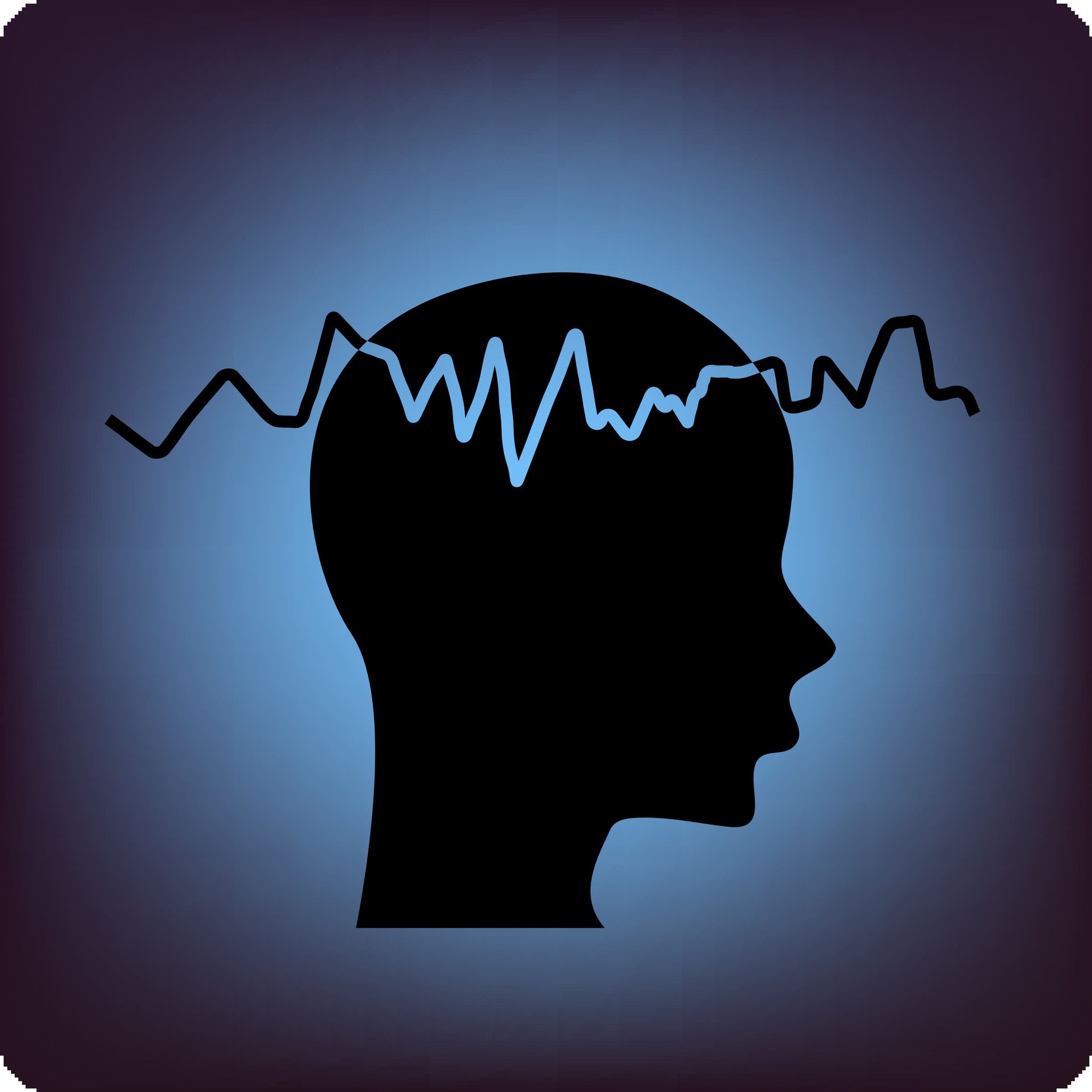-
 Afferent
Afferent
-
 Eddy current separator
Eddy current separator
-
 Nebka
Nebka
-
 Mica
Mica
-
 Receptor
Receptor
-
 Unsanitary water
Unsanitary water
-
 Colostrum
Colostrum
-
 Main distribution frame
Main distribution frame
-
 American foulbrood
American foulbrood
-
 Diploblastic
Diploblastic
-
 Brachytherapy
Brachytherapy
-
 Upload
Upload
-
 Paedomorphosis
Paedomorphosis
-
 Cave pearls
Cave pearls
-
 Homo habilis
Homo habilis
-
 Scabies
Scabies
-
 Cementite
Cementite
-
 Denervation
Denervation
-
 X-15
X-15
-
 Arable land
Arable land
-
 Cardiopathy
Cardiopathy
-
 IBA
IBA
-
 Polymer
Polymer
-
 Chitin
Chitin
-
 Aerosol
Aerosol
-
 Pyrites
Pyrites
-
 Cryptanalysis
Cryptanalysis
-
 Impregnation
Impregnation
-
 Fibrous root system
Fibrous root system
-
 Regional metamorphism
Regional metamorphism
EEG
EEG stands for electroencephalogram, an investigation which measures the electrical activity of the brain. It is performed using electrodes placed in contact with the scalp. The EEG can either be performed in a neurology department in a public or private hospital or in primary care neurology consulting rooms.
Uses of EEG
This investigation provides information for the medical team about the neurophysiological activity of the brain. The EEG is used to measure cerebral activity extremely precisely in time, millisecond by millisecond. The investigation can be used to point towards a diagnosis or monitor the effects of treatment.
The process of the investigation
An EEC is similar to an electrocardiogram (ECG) which studies the functioning of the heart muscles. It is a painless non- invasive investigation. It lasts around twenty minutes on average. Electrodes are placed on the patient's scalp and the patient lies down on his/her back or sits in an armchair. The recording instrument converts the electrical impulses into traces on a graph. This then gives an indication for the diagnosis of various neurological diseases. It is also used to study some sleepdisorders.
Possible risks of EEG
The electroencephalogram is painless and it is risk free. Although some people may be frightened by the equipment - the head set and its electrodes … EEG is not at all dangerous. Furthermore the investigation is intended to analyse electrical signals produced by the brain rather than pass energy into the brain.
Source : www.chups.jussieu.fr, accessed on 25 October 2010
 The EEG, electrocardiogram of the brain. © czardases
The EEG, electrocardiogram of the brain. © czardases
Latest
Fill out my online form.



